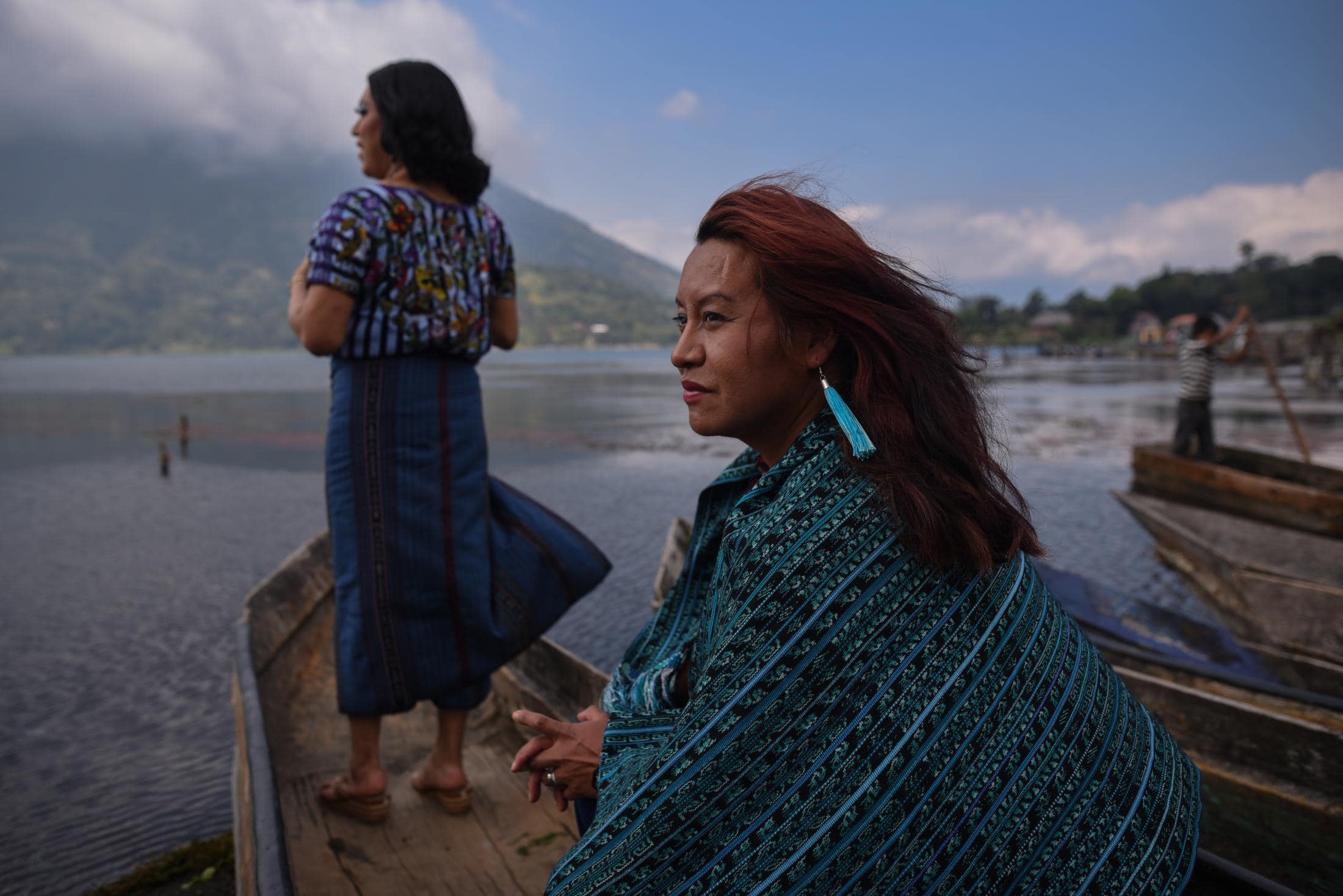
Resilience: between documentary and intimacy
In 2016, Victoria Razo was traveling through Chile and encountered a major environmental crisis followed by a series of protests: the fishing industry had dumped more than 4,500 tons of contaminated salmon into the sea. She decided to document what was happening and thus began her career as a photojournalist.
She covered the Haitian migrant crisis by taking the time to listen to people, she participated in 20 Atitlan Photographers and took a photo with which she received a Poy Latam award. She knows of all the obstacles that as a woman she had to face, but is convinced of the importance of women telling their own stories. She is interested in the issues with which she can connect, perhaps that is why one of the main axes of her work is violence against women, especially in Mexico, where at least 41.3% of women have been victims of violence sexual.
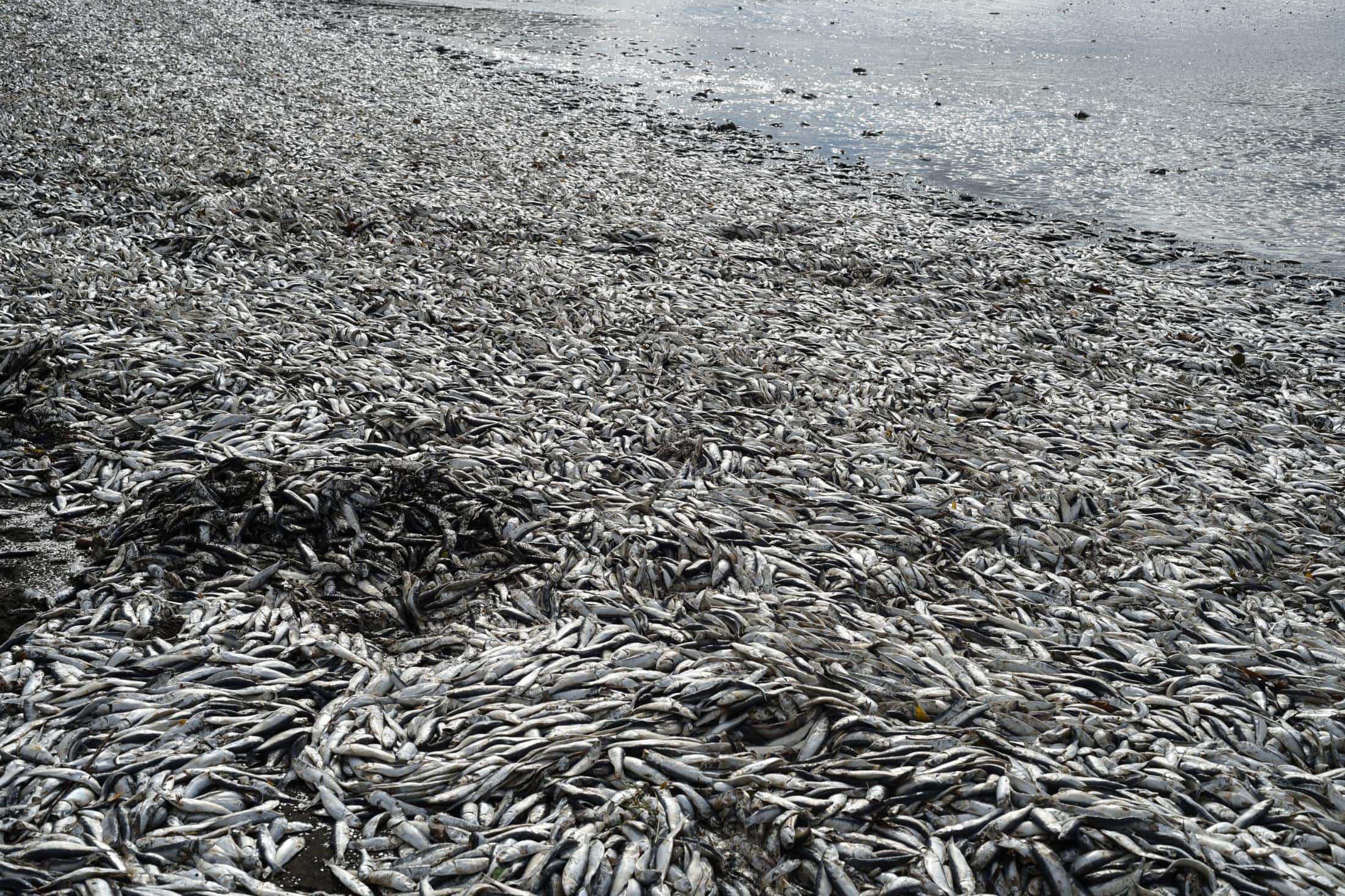
Victoria Razo
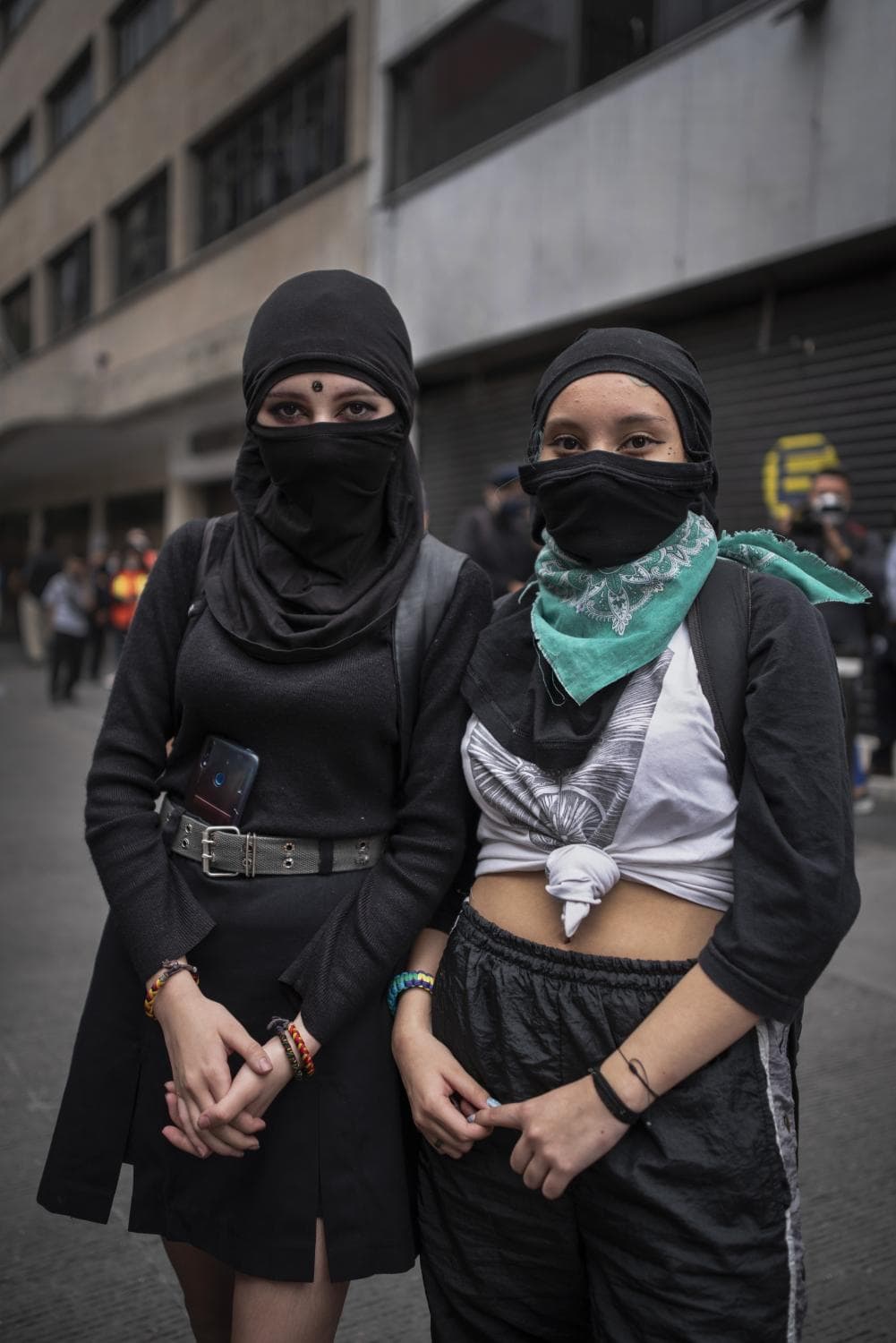
Victoria Razo
A part of your work addresses violence against women.
It is an issue that I can not work on, I live in Mexico, a country where there is a very high rate of gender violence, approximately 9 women are murdered a day. I decided that I wanted to use photos a powerful tool to tell the stories of women who have been victims of violence.
Documenting this, I understood why I did it, and I remembered something: when I was 15, I was with one of my best friends and we witnessed the kidnapping of her mother. That is the starting point of Resilience, a project that is not yet finished.
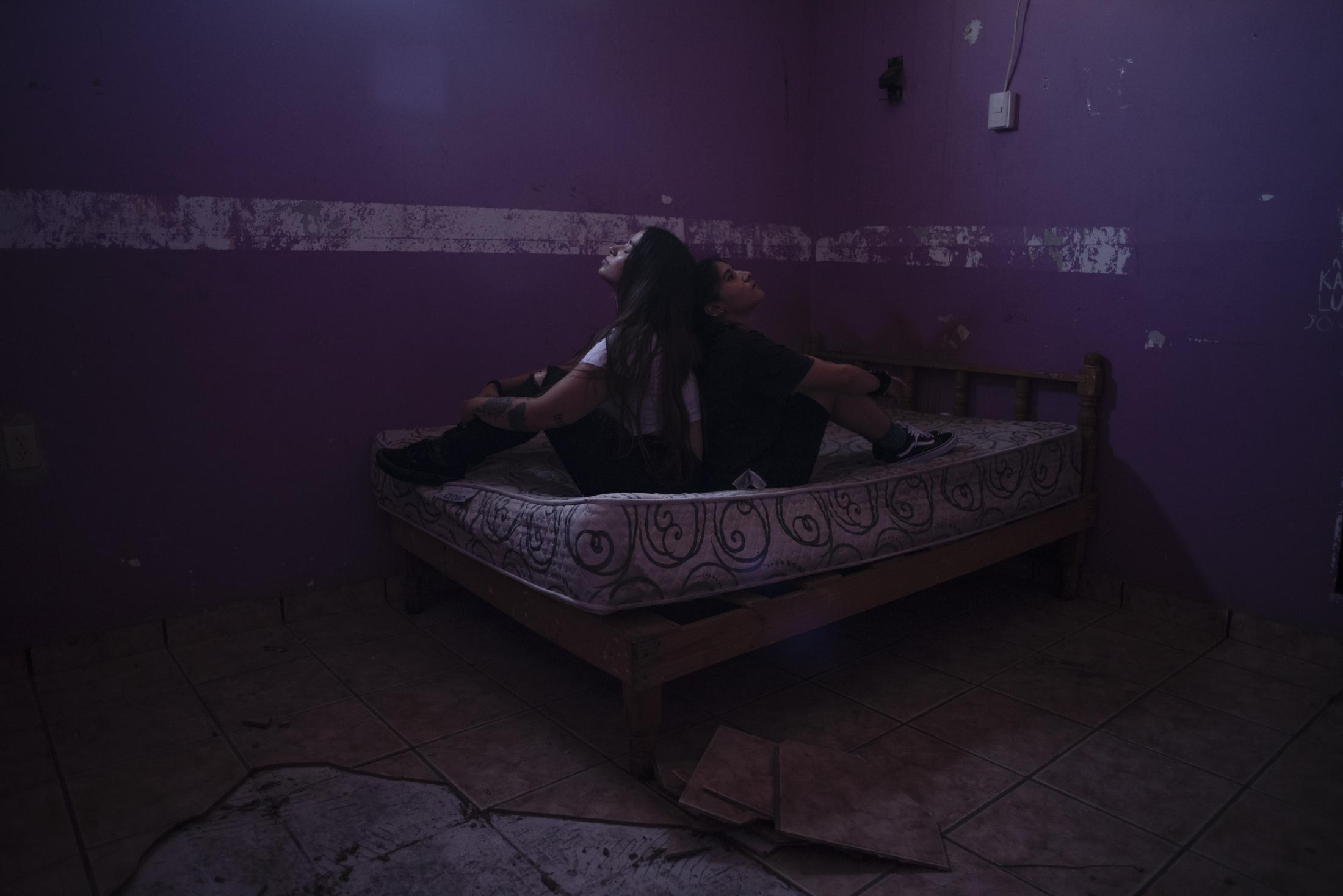
Victoria Razo
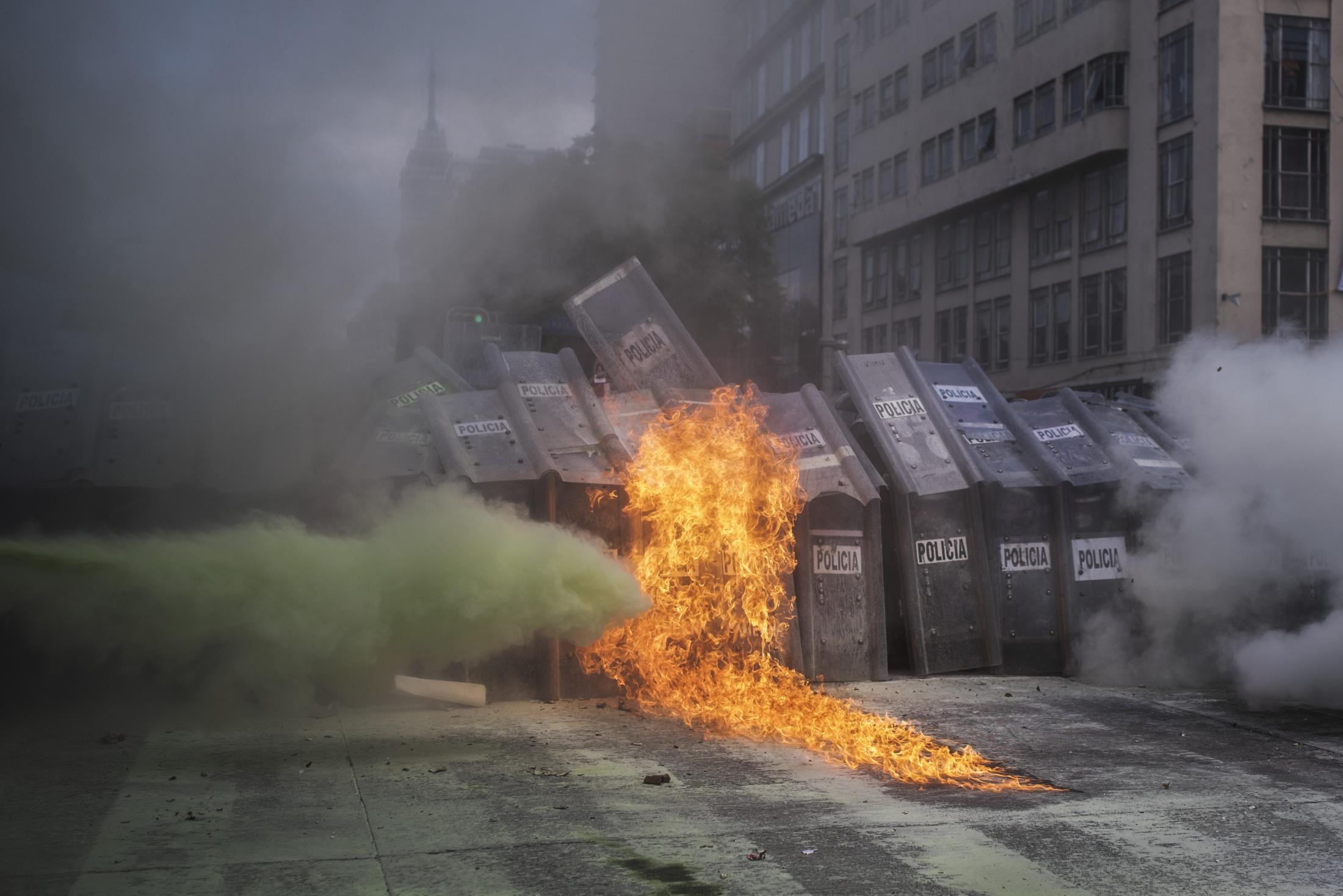
Victoria Razo
Resilience is not photojournalism, what is it about?
It is a hybrid between documentary and something more personal, I am beginning to explore it. What happened with my friend was a subject that I never wanted to talk about, I felt that it did not correspond to me because it was not my family. Fortunately, I do not have a missing relative, but somehow you have to be a participant in this violence. I realized that I wanted to talk about how violence came into my life and I think it was from what I experienced that night with her.
I began to make self-portraits with Ana in the room where it happens. I have also mixed some things that I have photographed when I have gone to safe houses with seeking mothers or portraying cases of domestic violence.
In some way, all women have experienced violence. I understood it when I asked myself why I was interested in learning about the experiences of so many women.
Violence is a very emotionally demanding subject, how do you handle that?
Sometimes, people think it’s just going to take photos and it is easy, but no. When I do my work, I pay close attention to what people tell me. I appreciate that they have the confidence to speak up and open the doors of their homes to me. At that moment I am very aware, then when I return home I feel that blow of reality, my body resents it a lot. It’s time to find a balance, it’s hard.
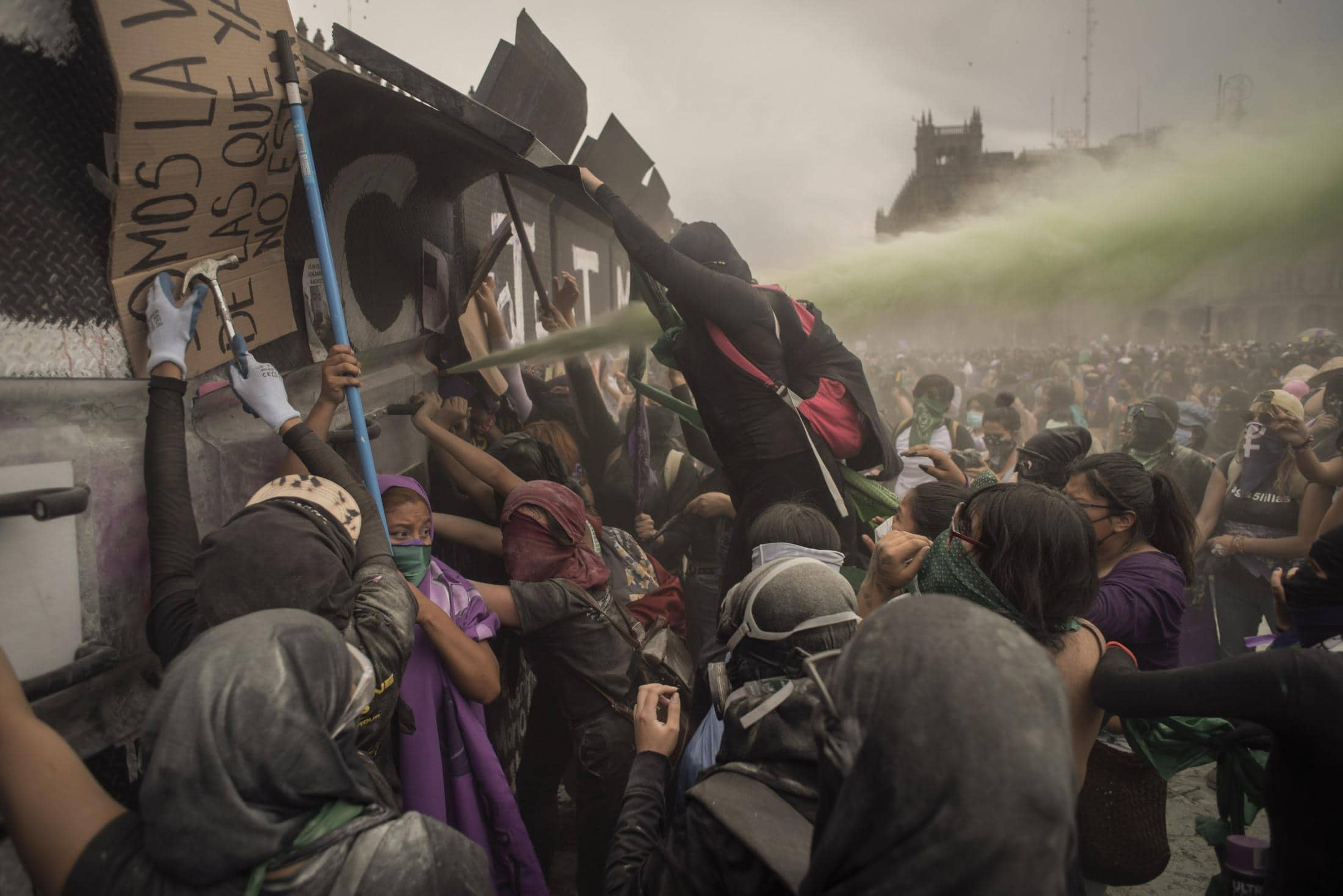
Victoria Razo
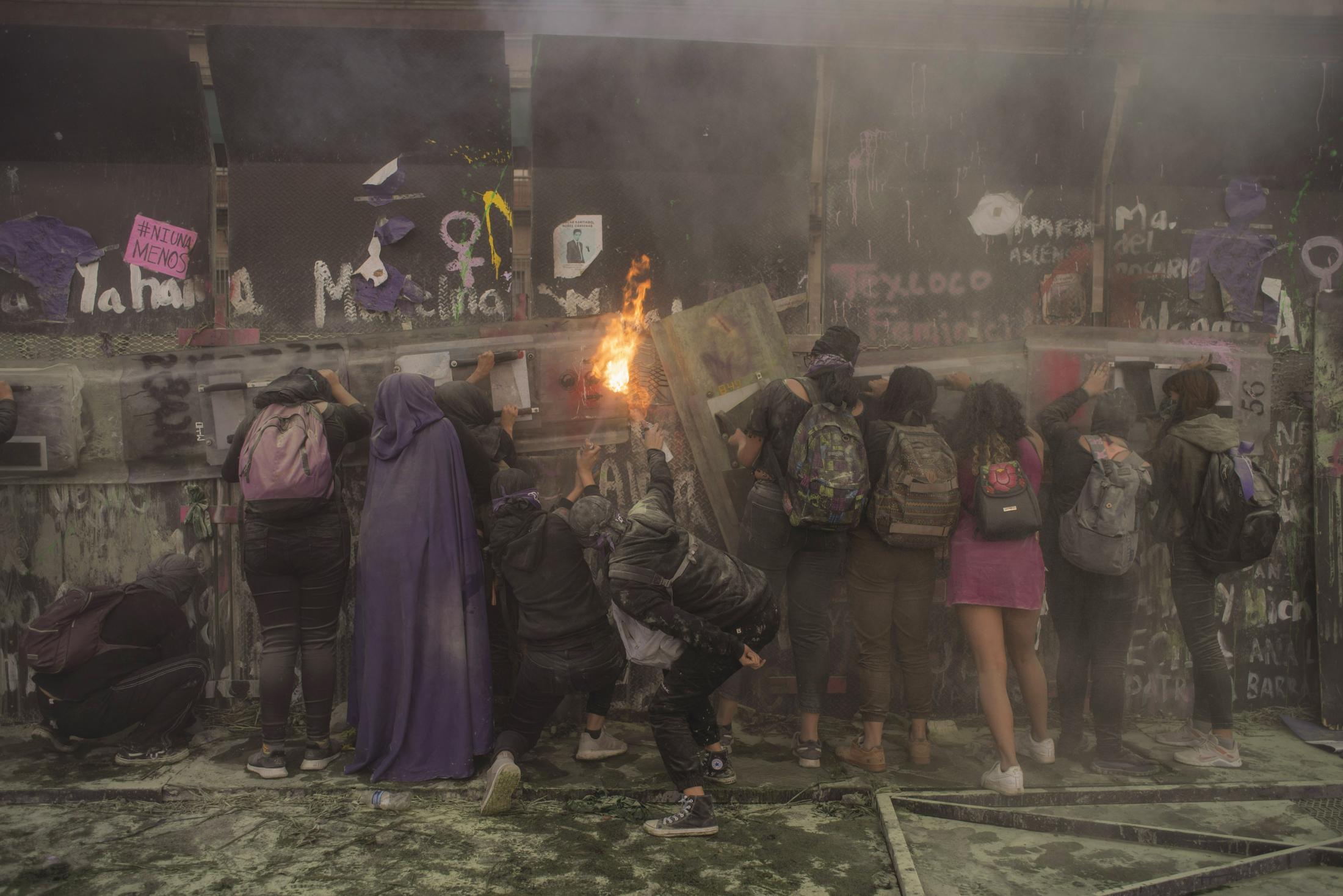
Victoria Razo
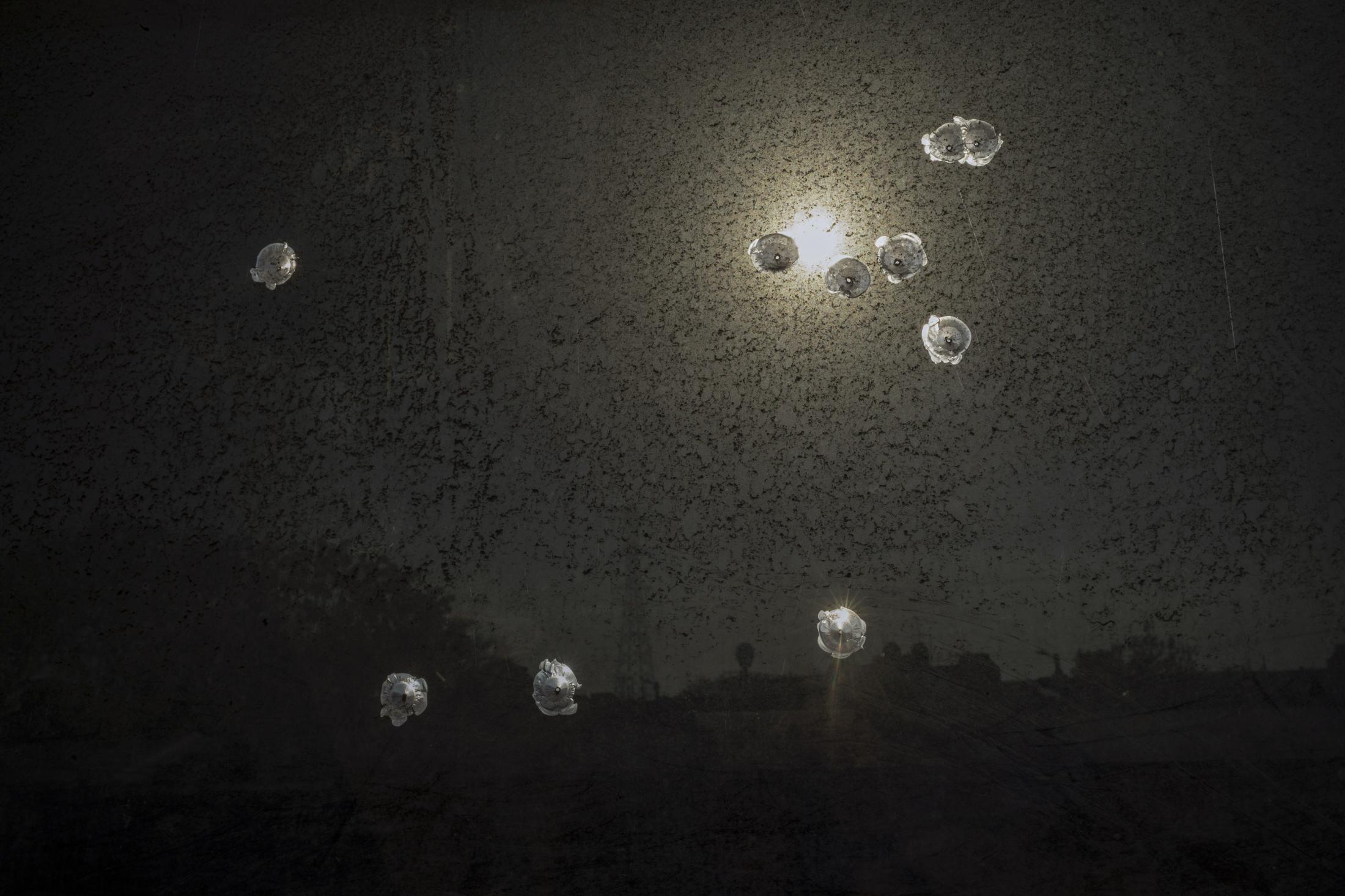
Photojournalism has been a space dominated by men, although there are more and more women, what has it been like to work in these spaces?
I have lived highs and lows. At first, I felt that it was harder for me to fight for that space because the gender gap is still quite large. I have been meeting incredible photographers who make me feel that we can occupy those spaces, that we have talent, and that we have a different way of telling our own stories above all. It is not about saying who can tell and who cannot, but we must be the ones who work on certain issues from our own experience.
I have had bosses of all kinds, when I was 19, I worked in a small local magazine, and my first boss was a harasser. Surely if that had happened now, I would have had more support. At that moment I felt very lonely.
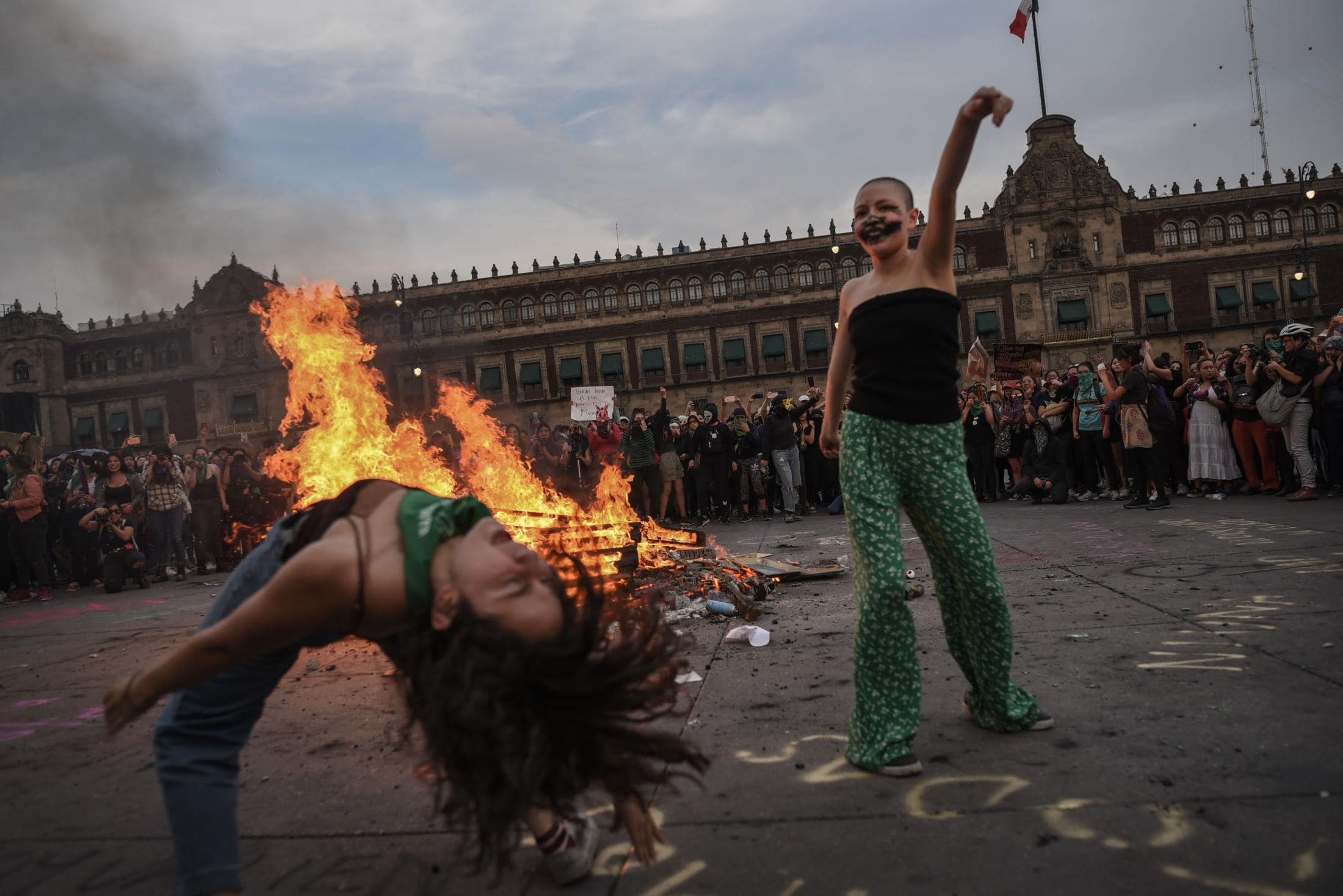
Victoria Razo


